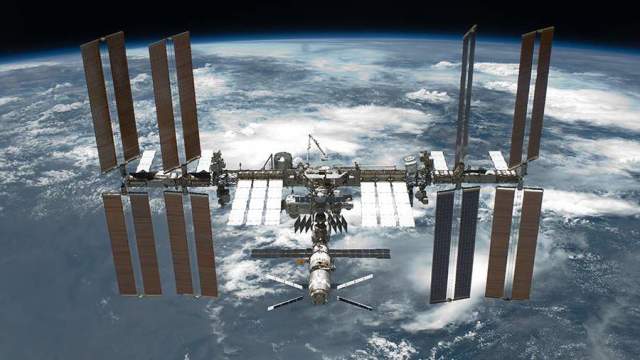The Russian segment of the International Space Station (ISS) is going to be connected to the navigation equipment of the domestic GLONASS satellite system to help with the docking of spacecraft. This is reported in the scientific journal of the operator of the Russian segment of the station and the manufacturer of domestic spacecraft — the Rocket and Space Corporation (RSC) Energia.
It is noted that currently the Russian segment of the station is equipped with the ASN-M device, which does not receive signals from the domestic GLONASS system and works only on the signals of the American GPS satellite system. However, the Progress MS and Soyuz MS spacecraft are equipped with ASN-K satellite navigation equipment, which functions both through domestic GLONASS and American GPS.
A new ASN-KM equipment is being developed for the Russian segment, which will be able to work on the signals of the GLONASS and GPS navigation system, it is specified in the journal "Space Engineering and Technologies". Working on the signals of both systems will reduce the error in determining the position of the station. This, in turn, will allow spacecraft to work only on satellite navigation signals, without using other sensors, to approach the station at a distance of 10-20 m and then turn on lidar and optical sensors to help with docking.
At the moment, the safe distance of the ships ' approach to the station using navigation signals is limited to a limit of 200-300 m. This is caused by errors, re-reflection of satellite signals by elements of the station's design and re-reflection, the publication clarifies
On February 17, during the docking of the Progress MS-16 spacecraft to the ISS, the cargo ship deviated from the mooring axis. Therefore, cosmonaut Sergey Ryzhikov had to switch from automatic to teleoperator control mode to successfully complete the operation. It was noted that the approach of the cargo ship to the International Space Station was carried out for the first time using GLONASS navigation satellites, and not the Kurs radio system.

